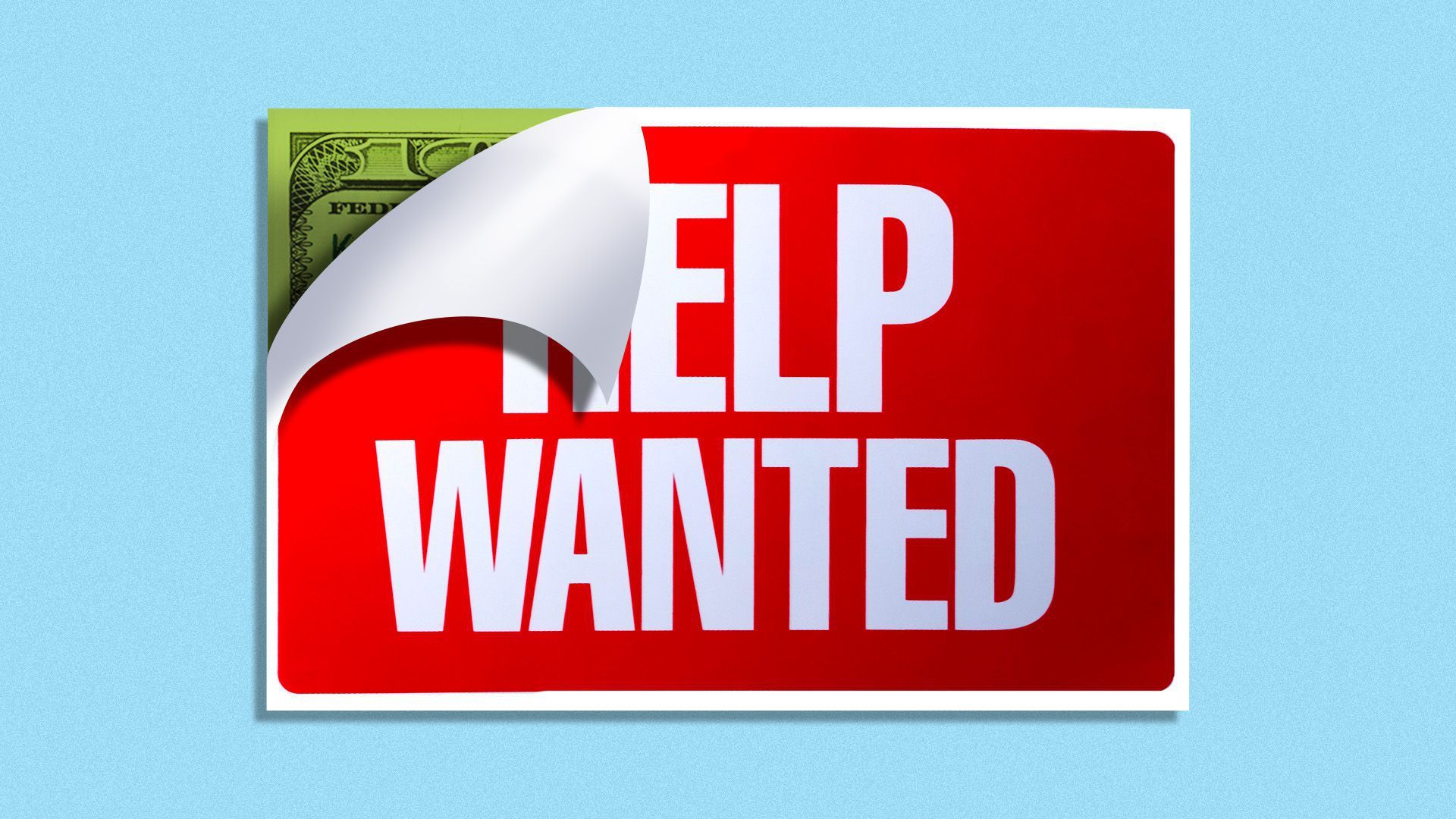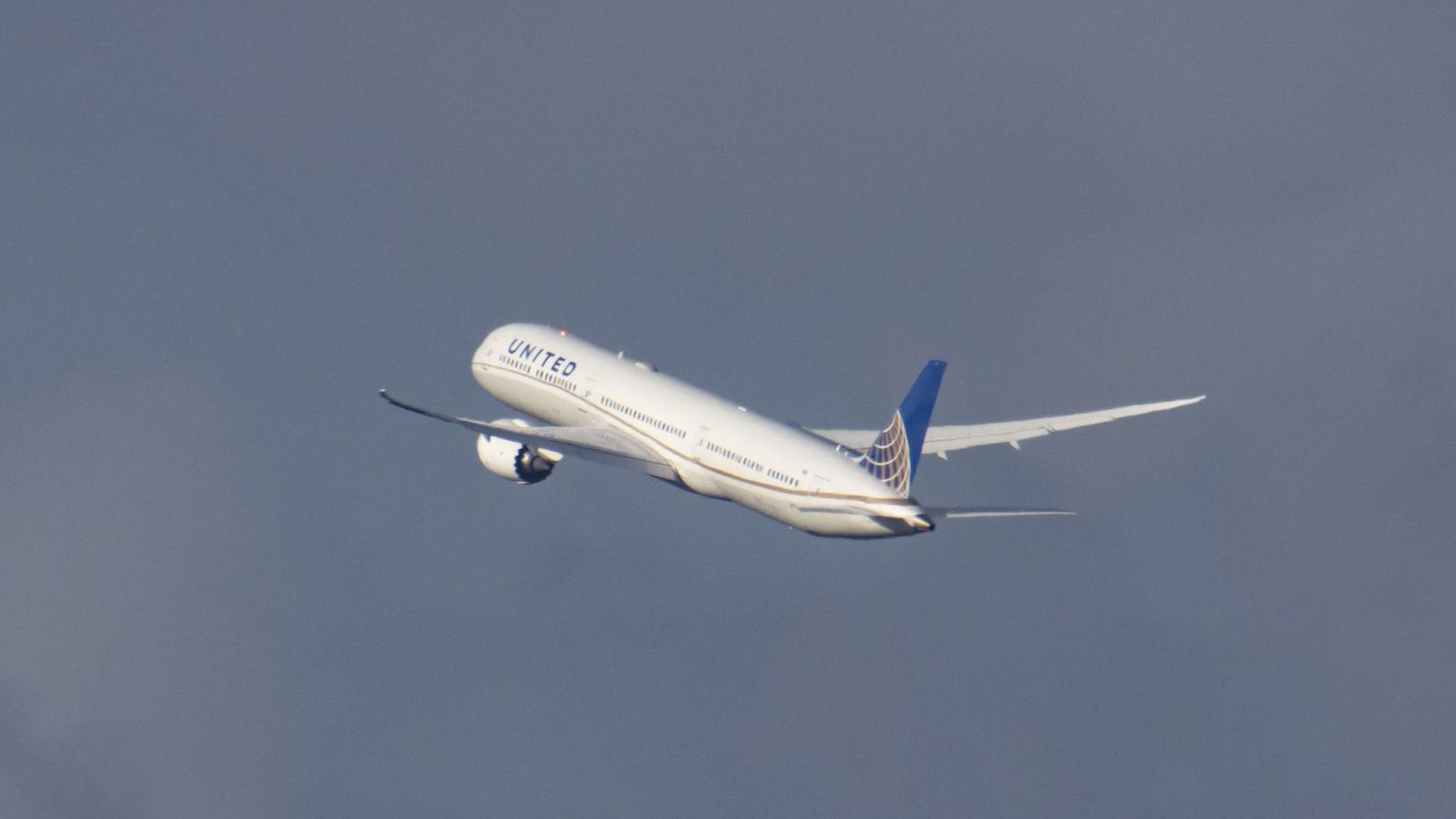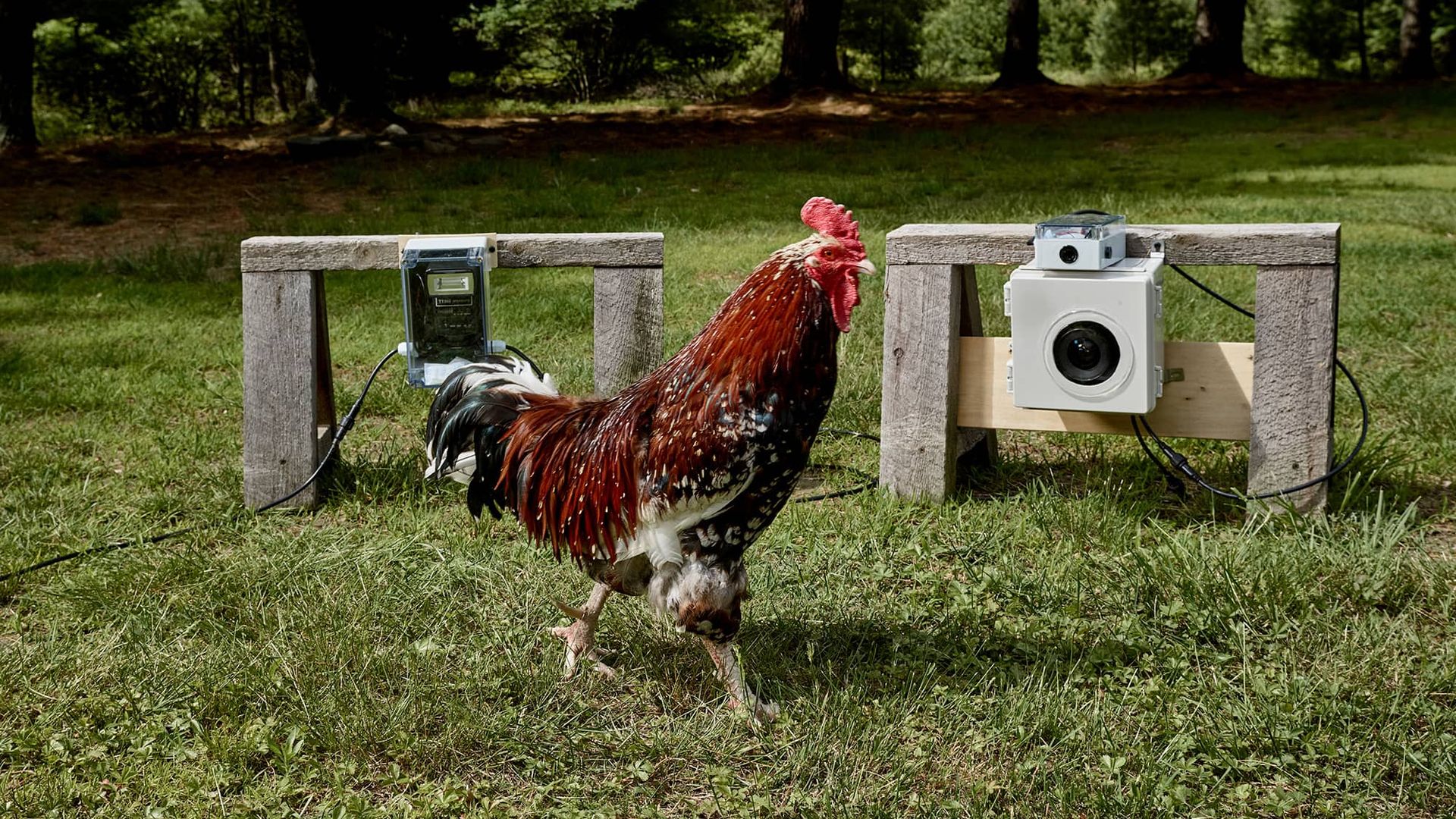| Actual salary-range numbers are increasingly showing up in companies' job postings, Alex Fitzpatrick reports. Why it matters: Applying for a job with no real idea of the kind of money you might be making could soon become a headache of the past. Driving the news: Microsoft last week quietly became one of the biggest and most influential U.S. employers to commit to publicly sharing salary ranges for open roles, a move that will likely set the tone for other companies. - The number of LinkedIn job openings with salary data was up 44% year over year in April, the company says, with pay info showing up in 25%-30% of U.S. listings.
Posting salary minimums and maximums is a worker-friendly decision that will make it easier to job hunt and reduce gender and racial inequities, experts say. The big picture: A handful of U.S. states and cities — including Microsoft's home state of Washington, as well as New York City and Colorado — have recently passed laws requiring employers to disclose salary ranges in job descriptions. - In our new, remote-friendly world, local rules like these can have an outsize impact as national and international companies seek to simplify their compliance efforts.
- "Companies are realizing they have to think about this more broadly," says Gartner research director Jamie Kohn. "And the more they have remote workers, the less possible it is to shift this strategy by geography."
For workers, this new salary transparency is pretty much all upside. - It means you won't spend time applying for jobs with salaries that wind up way under or over your expectations.
- It will help women, people of color and other historically marginalized groups better understand the value of their labor and push for equal wages — both when applying for jobs and while at their current companies, thanks to the leverage provided by real-time market data.
Yes, but: Some companies may simply avoid hiring in jurisdictions with stricter salary transparency rules. Employers need to be thoughtful about their approach. If they post a listing with a salary range above what somebody currently performing a similar role is paid, that's a recipe for trouble. - "I had a manager tell me recently that pay transparency sounds great," says Kohn. "'But now I have this wonderful employee who is probably going to leave because they've realized that they consistently get strong performance reviews and make the bottom of that salary range.'"
Microsoft's move is the latest in the tech giant's efforts to get ahead of competitors on labor issues. What's next: Other companies will likely follow Microsoft, says Erin Grau, co-founder of future-of-work site Charter — especially as new transparency laws come into effect nationwide. Read the full story. | 









No comments:
Post a Comment